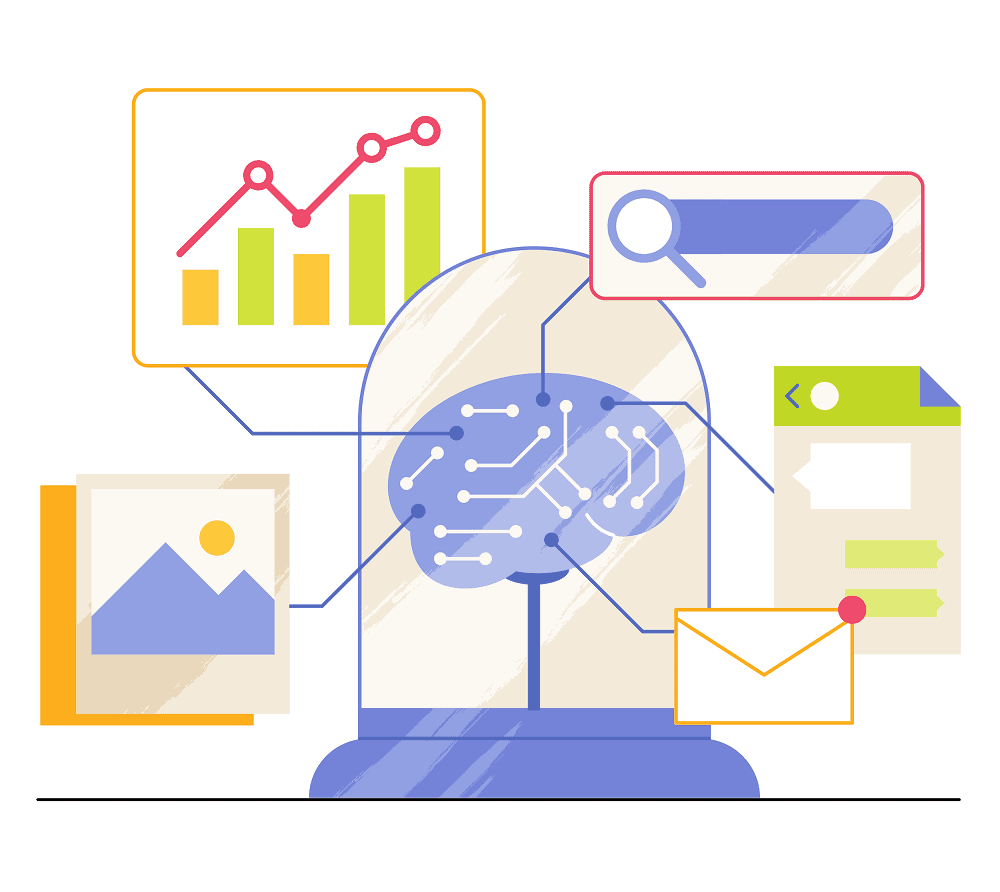AI vs IA: What’s the Real Difference?
What’s the difference between AI and all the “IA” buzzwords you keep hearing about? In this article, we break down Artificial Intelligence (AI), Intelligent Automation, Intelligent Applications, and Intelligent Augmentation—so you can finally tell them apart and see how each one can make your work life a little easier.
You’ve probably heard the term “AI” thrown around everywhere. But what about “IA”? And no, it’s not just a typo. There are actually a few different “IA”s out there. Here are a few we’ll be covering: Intelligent Automation, Intelligent Applications, and Intelligent Augmentation. Let’s break down what all this means and how you can tell them apart.
First, What’s AI?
By now we probably don’t need to tell you, but here’s a quick overview regardless. AI, or Artificial Intelligence, involves machines performing tasks that typically require human intelligence, such as learning, reasoning, and problem-solving. AI doesn’t just follow pre-written instructions. It can analyze data, recognize patterns, make decisions, and adapt with minimal human intervention.
Intelligent Automation: Enhancing Efficiency
Now, Intelligent Automation takes things up a notch. Intelligent Automation combines AI with automation technologies to streamline business processes and handle repetitive tasks, so you can focus on more important work. It enables systems to adapt to changes and make decisions without constant human oversight.
Intelligent Applications: Adaptive User Experiences
Intelligent Applications bring AI directly into the apps we use every day. Intelligent Applications integrate AI to offer personalized and context-aware user experiences. These apps learn from how we use them, adapt to our habits, and try to offer a better experience over time.

Intelligent Augmentation: Supporting Human Decision-Making
Intelligent Augmentation focuses on enhancing human capabilities by providing AI-driven insights and recommendations. It assists users in making informed decisions rather than replacing human judgment.
So, How Do You Know Which One You Need?
AI is inside all the IAs we outlined, but IA is not always in AI. Basically, IA is the square to the AI rectangle. When considering these technologies:
The cool part? These aren’t exclusive. Companies often mix and match to fit their needs. Assess your business needs to determine which approach aligns best with your objectives.
Now that you know the difference, how could your business use AI or one of the “IAs” to work smarter? Connect with us to discuss how we can help you implement one of these solutions in your organization.
Keep Reading: AI in Industries: How AI is Creating Real Value
Looking for more on AI?
Explore more insights and expertise at smartbridge.com/ai
There’s more to explore at Smartbridge.com!
Sign up to be notified when we publish articles, news, videos and more!
Other ways to
follow us:



